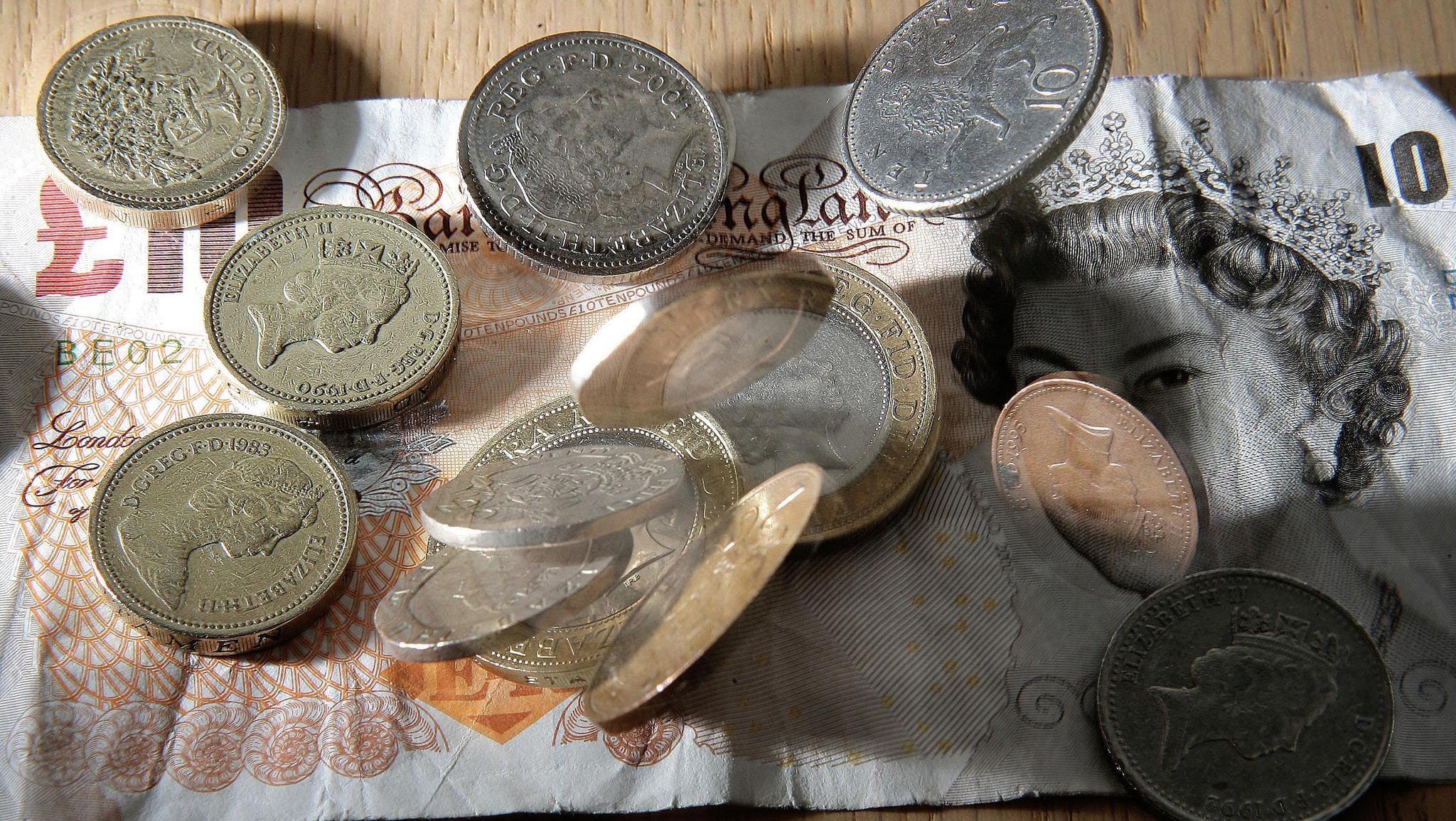Why we shouldn’t be too frightened by inflation
Inflation will come down by the end of the year, writes Hamish McRae, but we should be aware that the long period of very low inflation is coming to an end


The bad news on inflation is that it is going higher. The good news is that by the summer it will have started to go down again. We hear a lot about the former for obvious reasons. We hear a lot less about the latter. So what is going on?
The consultancy Oxford Economics has just put out some forecasts for the profile of consumer price inflation this year. For the UK it peaks at just below 6 per cent in late spring, before falling back to between 2 per cent and 3 per cent by the end of the year. For the US the peak is higher, a bit above its present level of 6.8 per cent, but its decline thereafter brings it down to much the same level as the UK. (The US may reach 7 per cent in the CPI figures out on Wednesday.) For the Eurozone the numbers are lower: a peak below 5 per cent and then a decline to around 1 per cent by the end of the year.
The reasons for the decline are partly because the surge in energy costs, the principal driver of inflation, will subside. The rise is quite extraordinary, particularly of natural gas. It has gone up fourfold since early 2020. It may not come back to the level then, but the fact that it is falling from its present very high base will automatically mean that its impact on overall inflation will go into reverse. Falling energy prices will push down inflation overall.
That is comforting. But Oxford Economics gives a warning about inflation more generally. It comments that “the high starting point means that the economic and policy implications of any drop will depend on the speed – and timing – of the decline”.
In practical terms, if the decline in inflation is not as swift as predicted, the central banks will have to act, pushing up interest rates and ending quantitative easing (printing money to you or me) with more determination than currently expected. The US Federal Reserve signaled its concerns in minutes published last week. The world should expect higher interest rates. The only issue is how soon and how high they will go.
A lot will depend on the extent to which costs rise more generally once this present surge is over. Let’s assume Oxford Economics is right and by the end of the year we are back to acceptable levels of inflation. High inflation may turn out to be a blip, as energy costs come down, and that other forces, especially from higher wages, will then take hold. The most recent figure we have for UK annual pay increases was the year to August-October in 2021. That was 4.9 per cent, 1.7 per cent higher than inflation at the time. Since then labour shortages have risen still further, so the pressure for yet higher wages is not going to go away. That is great in one sense. We all need higher incomes to offset those higher prices. But think ahead and those higher wages inevitably increase company costs and in part at least will feed through into yet higher prices still.

The danger is that once both this surge in inflation and the subsequent dip are past, next year price rises will settle down in the 3 per cent-plus region, maybe 4 per cent, not the 2 per cent target of the central banks.
There are two reasons for thinking this might happen. One is that the downward pressure on global prices from the entry of China into international markets will come to an end. China’s low-cost manufacturing industries have been holding down prices for the past two decades. But now costs are rising there too, and the advantage China held has narrowed. The disruption associated with the pandemic is further encouraging companies in the developed world to simplify and shorten their supply chains: to “reshore” their production.
The other is that the size of the labour force in much of Europe and North America is starting to decline. The baby boomers are reaching retirement age. The problem is particularly acute in Germany. Its new economy minister, Robert Habeck, said yesterday that Germany faced a demographic crisis. “We have 300,000 job openings today and expect that to climb to a million and more. If we don’t close that gap, we will have real productivity problems,” he said.
To keep up to speed with all the latest opinions and comment sign up to our free weekly Voices newsletter by clicking here
His view chimes in with that of the German Economic Institute. It estimates the labour force will shrink by more than 300,000 people this year. Here in the UK there are widely-publicised labour shortages too, partly associated with European workers not returning to British jobs post-Brexit. But the problems are really universal across the developed world.
So whereas 10 or 20 years ago wage costs were held down by plentiful supplies of labour, now that is no longer the case. Good news for working people but not so good for inflation.
And there’s the bottom line. We should not be too frightened by inflation right now, for it will come down by the end of the year. But we should be aware that the long period of very low inflation is coming to an end and that that will mean, among other things, higher interest rates.
Join our commenting forum
Join thought-provoking conversations, follow other Independent readers and see their replies
Comments
Bookmark popover
Removed from bookmarks